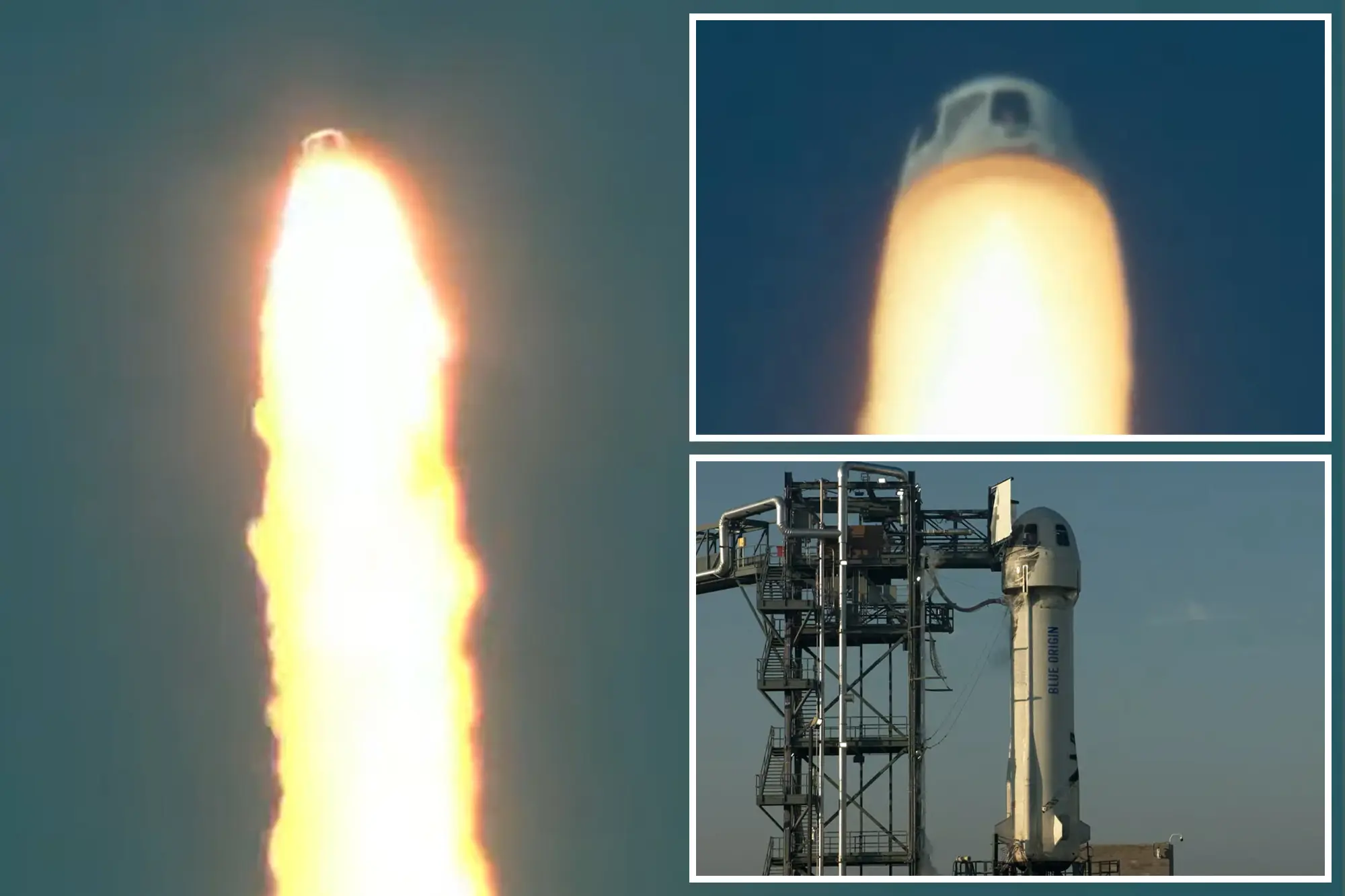At this time, Blue Origin’s New Shepard rocket and capsule have completed a number of crewed and uncrewed suborbital flights to the edge of space, sending up experiments for different organizations as well as wealthy rich tourists and celebrities for fast pleasure trips up and down. It was shown today when the capsule successfully ejected from its malfunctioning rocket a little over 1:00 into the flight, demonstrating that being a capsule atop a rocket has a comparatively dependable abort option.
Fortunately, there was no crew on board the NS-23 mission, which was intended to launch 36 payloads for scientific and technology demonstrations for different institutions and groups. While the cause of the failure has not been disclosed, the video shows the BE-3 engine of the rocket exploding as the vehicle was throttled into Max-Q, the point at which the dynamic pressure on the rocket and capsule is at its highest.
Whatever the situation may have been, the capsule’s solid rocket motor launch escape (abort) mechanism worked as intended, safely separating it from the malfunctioning rocket and allowing it to descend to Earth by parachute. It accomplished all that needed to be done, and if there had been a crew on board, they would still be alive today.
The FAA will oversee the probe, and Blue Origin won’t be permitted to launch once again unless the FAA approves it. The FAA said in a statement, “This is a routine protocol for all incident investigations,” that it would “examine if any system, method, or technique linked to the event harmed public safety.” During launch and reentry operations for commercial space transportation, the FAA is in charge of keeping the public safe.
Payloads on Blue Origin’s failed NS-23 Mission
The NS-23 mission was a designated payload flight with a payload capacity of 23. The National Aeronautics and Space Administration (NASA) financed 18 of them, and two of them were mounted on the outside of the craft to expose them to the space environment.
One of the payloads would have been a hydrogen fuel cell, which could have been tested in microgravity to provide power for lunar rovers. The Artemis program of NASA seeks to create a permanent human presence on the Moon, and as part of this, the crew will need ways to go about while on the moon.
Another project, from the Massachusetts Institute of Technology (MIT), attempted to investigate how ecologically acceptable propellants like paraffin and beeswax may be produced in space. More information should emerge as soon as the corporation is prepared to provide it about the status of these payloads, which are also unknown.
Source: Americaspace

